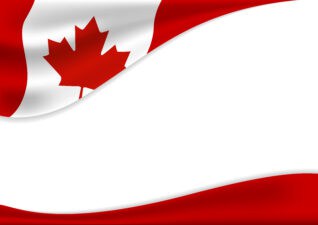The $14,000 Canada Emergency Response Benefit (CERB) is officially over soon. Millions of CERB recipients still struggling from the pandemic are troubled. The lifeline that ran for 28 weeks is not coming back. What will Canadians in need do next?
The flagship COVID-19 program cost more than $69 billion but was highly successful. About 8.6 million people received the pandemic money during the emergency period. As the country moves to the recovery phase, Employment Minister Carla Qualtrough expects over four million people to apply for the CERB replacement.
Simplified EI and CRB
Canada is again acting decisively to support its people while the economy is restarting. The federal government will transition as many as possible to a simplified Employment Insurance (EI) program. To access the EI benefits, all you need is to have 120 hours of work instead of 400 to 700 hours.
The minimum benefit rate per week is $400 and up to 26 weeks of regular benefits. The weekly amount will reduce the negative impact on EI benefit rates for workers and aligns with the amount in the new Canada Recovery Benefit (CRB).
If you don’t qualify for EI, the CRB is for you. This taxable benefit is effective for one year beginning on September 27, 2020. As mentioned, the weekly benefit amount is $400 for up to 26 weeks. Self-employed individuals and gig workers are the likely recipients.
Sickness and caregiving benefits
The new Canada Recovery Sickness Benefit (CRSB) would provide $500 weekly for up to two weeks, if you’re unable to work because of sickness. You can also claim the benefit if you need to self-isolate due to COVID-19.
If you can’t work because you need to provide care to children or support other dependents at home, the Canada Recovery Caregiver Benefit (CRCB) is for you. The weekly benefit is $500 for up to 26 weeks. However, only per household can be eligible to claim the benefit. Both the CRSB and CRCB is effective for one year only.
How valuable is CERB?
The total CERB is a significant amount and enough as seed capital for investment. If you have $14,000 in free money, you can grow it through the power of dividends. Bank of Nova Scotia (TSX:BNS)(NYSE:BNS) is a smart buy today for two reasons: bargain price and high dividend yield.
Scotiabank is trading at $55.53 per share or 20.7% cheaper than it was on December 31, 2019. The dividend offer is an incredible 6.51%. Your $14,000 will generate a quarterly income of $227.85. In 10 years, your capital will swell to $26,304.61. Because the bank’s dividend track record is 188 years, you can own it for more than a century.
In the recovery phase, Scotiabank will not see a sharp increase in impaired loans. According to the bank’s CEO Brian Porter, 99% of its mortgage borrowers with expired payment deferrals are current or up to date in payments. Its deferral exposure is down to Scotiabank $39 billion as of July 31, 2020.
Smooth transition
We’ll be bidding CERB goodbye, but the benefits will continue. Canadians are hoping the transition to EI, and the recovery benefits are smooth and problem free.








